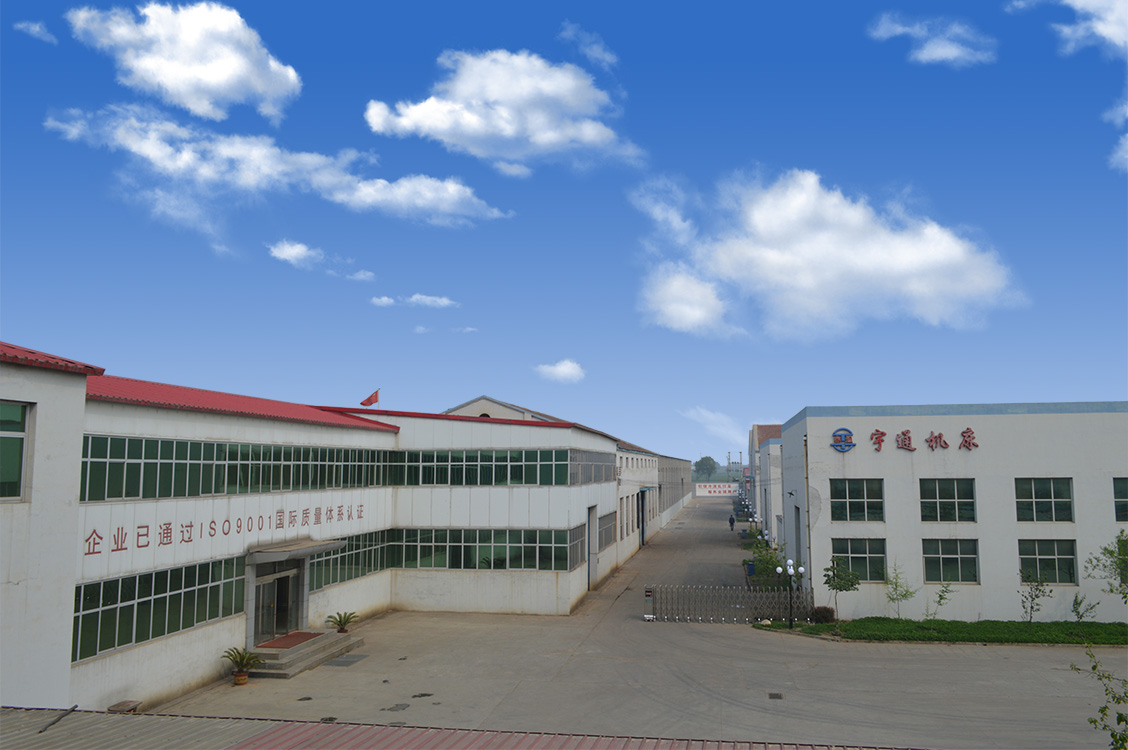
-
 Afrikaans
Afrikaans -
 Albanian
Albanian -
 Amharic
Amharic -
 Arabic
Arabic -
 Armenian
Armenian -
 Azerbaijani
Azerbaijani -
 Basque
Basque -
 Belarusian
Belarusian -
 Bengali
Bengali -
 Bosnian
Bosnian -
 Bulgarian
Bulgarian -
 Catalan
Catalan -
 Cebuano
Cebuano -
 Corsican
Corsican -
 Croatian
Croatian -
 Czech
Czech -
 Danish
Danish -
 Dutch
Dutch -
 English
English -
 Esperanto
Esperanto -
 Estonian
Estonian -
 Finnish
Finnish -
 French
French -
 Frisian
Frisian -
 Galician
Galician -
 Georgian
Georgian -
 German
German -
 Greek
Greek -
 Gujarati
Gujarati -
 Haitian Creole
Haitian Creole -
 hausa
hausa -
 hawaiian
hawaiian -
 Hebrew
Hebrew -
 Hindi
Hindi -
 Miao
Miao -
 Hungarian
Hungarian -
 Icelandic
Icelandic -
 igbo
igbo -
 Indonesian
Indonesian -
 irish
irish -
 Italian
Italian -
 Japanese
Japanese -
 Javanese
Javanese -
 Kannada
Kannada -
 kazakh
kazakh -
 Khmer
Khmer -
 Rwandese
Rwandese -
 Korean
Korean -
 Kurdish
Kurdish -
 Kyrgyz
Kyrgyz -
 Lao
Lao -
 Latin
Latin -
 Latvian
Latvian -
 Lithuanian
Lithuanian -
 Luxembourgish
Luxembourgish -
 Macedonian
Macedonian -
 Malgashi
Malgashi -
 Malay
Malay -
 Malayalam
Malayalam -
 Maltese
Maltese -
 Maori
Maori -
 Marathi
Marathi -
 Mongolian
Mongolian -
 Myanmar
Myanmar -
 Nepali
Nepali -
 Norwegian
Norwegian -
 Norwegian
Norwegian -
 Occitan
Occitan -
 Pashto
Pashto -
 Persian
Persian -
 Polish
Polish -
 Portuguese
Portuguese -
 Punjabi
Punjabi -
 Romanian
Romanian -
 Russian
Russian -
 Samoan
Samoan -
 Scottish Gaelic
Scottish Gaelic -
 Serbian
Serbian -
 Sesotho
Sesotho -
 Shona
Shona -
 Sindhi
Sindhi -
 Sinhala
Sinhala -
 Slovak
Slovak -
 Slovenian
Slovenian -
 Somali
Somali -
 Spanish
Spanish -
 Sundanese
Sundanese -
 Swahili
Swahili -
 Swedish
Swedish -
 Tagalog
Tagalog -
 Tajik
Tajik -
 Tamil
Tamil -
 Tatar
Tatar -
 Telugu
Telugu -
 Thai
Thai -
 Turkish
Turkish -
 Turkmen
Turkmen -
 Ukrainian
Ukrainian -
 Urdu
Urdu -
 Uighur
Uighur -
 Uzbek
Uzbek -
 Vietnamese
Vietnamese -
 Welsh
Welsh -
 Bantu
Bantu -
 Yiddish
Yiddish -
 Yoruba
Yoruba -
 Zulu
Zulu
Optimal Setup Guide for China Thread Rolling Machines to Enhance Efficiency and Performance
Setting Up a China Thread Rolling Machine A Comprehensive Guide
The manufacturing industry in China has increasingly turned to advanced machinery such as thread rolling machines to enhance production efficiency and product quality. These machines play a critical role in producing threaded components, which are vital in numerous industries, from automotive to aerospace. Setting up a thread rolling machine properly is essential for maximizing its performance and ensuring consistent product quality. This article outlines the steps and considerations involved in setting up a thread rolling machine effectively.
Understanding the Thread Rolling Process
Thread rolling is a cold-forming process that involves pressing a blank into a pair of hardened dies to create threads. This method is preferred over traditional cutting techniques because it enhances the mechanical properties of the material, leading to stronger and more durable threads. Before setting up the machine, it is essential to understand the specific threading requirements for your application, including thread size, type, and material specifications.
Selecting the Right Machine
Choosing the appropriate thread rolling machine is the first step in setup. Machines come in various configurations, including flat die, planetary, and cylindrical types, each suitable for different threading tasks. It's crucial to select a machine that matches your production volume and thread specifications. For instance, if your operation requires high precision and high volume, a CNC thread rolling machine might be the best option.
Preparing the Workspace
Before installing the machine, prepare the workspace to ensure a safe and efficient setup. The area should be clean, well-lit, and offer enough space for the machine and operators to work comfortably. Additionally, ensure that there are adequate power supplies and that the floor is level to prevent vibrations during operation, which could affect the machined parts' accuracy.
Installing the Machine
china thread rolling machine setup

Once the workspace is prepared, follow the manufacturer’s instructions to install the thread rolling machine. This typically involves positioning the machine on the floor, securing it with bolts, and connecting it to the power supply. It's important to check all connections thoroughly to ensure safety and functionality. After installation, conduct a thorough inspection of the machine for any signs of damage or missing components.
Setting Up the Tooling
The next step is to set up the tooling, including the dies that will be used for the rolling process. Select dies that match the specifications of the threads you intend to create. Proper alignment of the dies is critical; misaligned dies can lead to defective threads and increased wear on the machine. Take the time to calibrate the machine correctly, adjusting the die gap according to the material and desired thread dimensions.
Running a Test Batch
After everything is set up, it is advisable to run a test batch before commencing full production. This batch will help assess the machine’s performance and ensure the threads meet the required specifications. Monitor the machine closely for any irregularities, including vibrations, excessive noise, or material defects in the produced threads. Adjust settings as necessary based on the performance of the test batch.
Maintenance and Troubleshooting
Once operational, ongoing maintenance is crucial to keep the thread rolling machine in good working order. Regularly check for wear and tear, and replace parts as needed to prevent breakdowns. Proper lubrication and cleaning will also extend the machine's life and maintain threading quality.
Conclusion
Setting up a thread rolling machine in a manufacturing facility in China requires careful planning and execution. By understanding the threading process, selecting the right machine, preparing the workspace, installing the machine correctly, and ensuring precise tooling setup, manufacturers can optimize their production processes. Following these steps will lead to the production of high-quality threaded components, meeting industry demands effectively.
